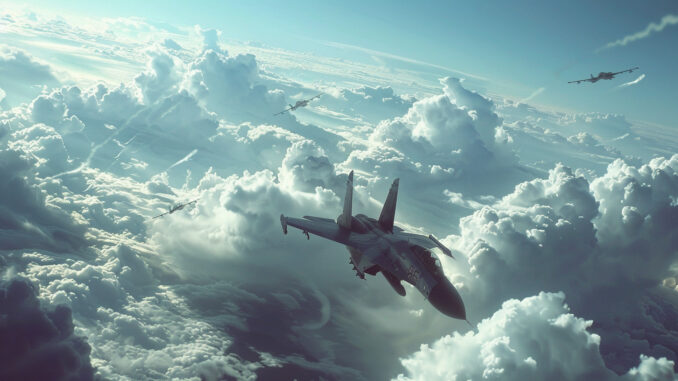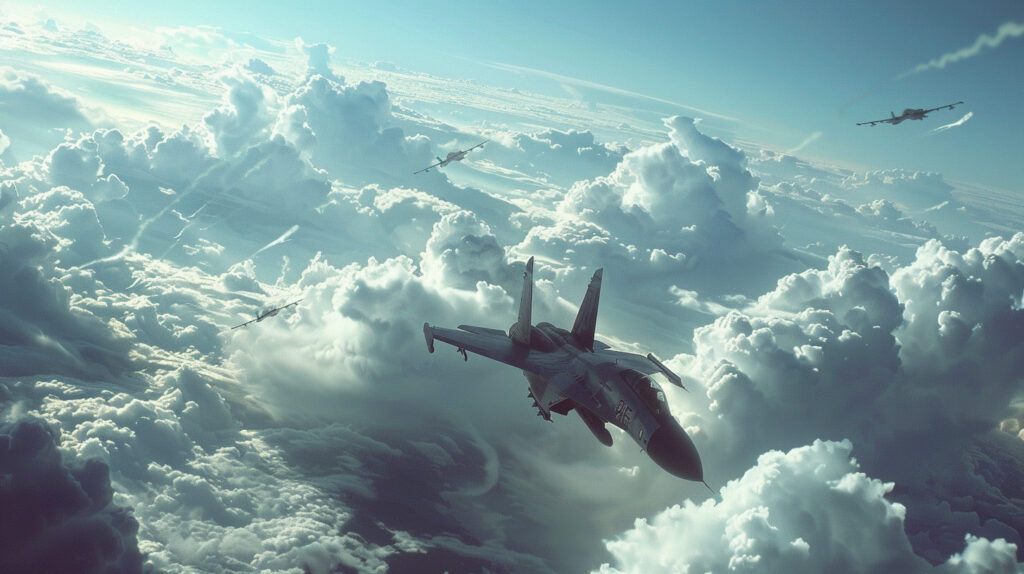
Learn the differences between fighter jets and bombers. Explore their unique roles, capabilities, and technological features.
When it comes to military aviation, two types of aircraft often stand out: fighter jets and bombers. Each plays a crucial role in modern warfare, but their purposes, designs, and capabilities differ significantly. This article explores these differences, providing a clear understanding of what sets fighter jets and bombers apart.
Purpose and Roles
Fighter Jets:
Fighter jets are designed primarily for air-to-air combat. Their main role is to establish air superiority by engaging and destroying enemy aircraft. They are agile, fast, and equipped with advanced weaponry to handle aerial threats.
Bombers:
Bombers, on the other hand, are built to deliver powerful strikes against ground and sea targets. Their primary mission is to drop bombs, including conventional and nuclear payloads, to destroy infrastructure, supply lines, and strategic enemy positions. They are less focused on dogfights and more on delivering large payloads over long distances.
Design and Capabilities
Fighter Jets:
- Speed and Maneuverability: Fighter jets are incredibly fast, with some models like the F-22 Raptor reaching speeds over 1,500 mph (2,414 km/h). Their design prioritizes agility, allowing them to perform complex maneuvers during combat.
- Size and Payload: Typically smaller than bombers, fighter jets carry a limited number of missiles and bombs. For instance, the F-16 Fighting Falcon has a payload capacity of around 17,000 pounds (7,711 kg).
- Range: Fighters generally have shorter ranges, but they can be refueled mid-air to extend their missions. The F/A-18 Hornet, for example, has a combat radius of approximately 500 miles (805 km).
Bombers:
- Payload Capacity: Bombers are designed to carry heavy payloads. The B-52 Stratofortress can carry up to 70,000 pounds (31,751 kg) of mixed ordnance, including bombs, mines, and missiles.
- Range: Bombers have a long range, allowing them to conduct missions far from their bases. The B-2 Spirit stealth bomber, for example, has an unrefueled range of about 6,900 miles (11,112 km).
- Stealth: Many modern bombers, such as the B-2, incorporate stealth technology to evade radar detection, making it easier for them to penetrate enemy defenses and deliver their payloads.
Technological Features
Fighter Jets:
- Radar and Avionics: Advanced radar systems in fighter jets, like the AN/APG-77 in the F-22, allow for long-range target detection and tracking. Modern fighters are also equipped with sophisticated avionics for navigation, targeting, and communication.
- Weaponry: Fighter jets carry a variety of air-to-air missiles, such as the AIM-120 AMRAAM, and sometimes air-to-ground weapons. They often have a built-in cannon, like the M61 Vulcan 20mm rotary cannon found in many U.S. fighters.
Bombers:
- Bombing Systems: Bombers are equipped with advanced bombing systems, including GPS-guided bombs (JDAMs) and cruise missiles. The B-52 can launch AGM-86B air-launched cruise missiles (ALCM) with a range of 1,500 miles (2,414 km).
- Electronic Warfare: Some bombers, like the B-1B Lancer, are equipped with electronic countermeasure systems to jam enemy radar and communications, enhancing their survivability.

Historical Context and Evolution
Fighter Jets:
The concept of fighter aircraft emerged during World War I, with early models like the Sopwith Camel. Modern fighter jets have evolved significantly, incorporating jet engines, radar, and advanced weaponry. The introduction of stealth technology and fifth-generation fighters, such as the F-35 Lightning II, marks the latest evolution in fighter jet capabilities.
Bombers:
Bombers also have their roots in World War I, with aircraft like the Handley Page Type O. The role of bombers expanded during World War II, with the B-17 Flying Fortress and the B-29 Superfortress playing pivotal roles. Today’s bombers, like the B-2 Spirit and the upcoming B-21 Raider, emphasize stealth and precision.
While both fighter jets and bombers are essential to modern military operations, they serve distinct roles and are designed with different priorities in mind. Fighter jets excel in air-to-air combat, prioritizing speed and maneuverability, whereas bombers are built for delivering large payloads over long distances, often using stealth technology to evade detection. Understanding these differences highlights the complementary nature of these aircraft in achieving strategic and tactical objectives in warfare.
War Wings Daily is an independant magazine.